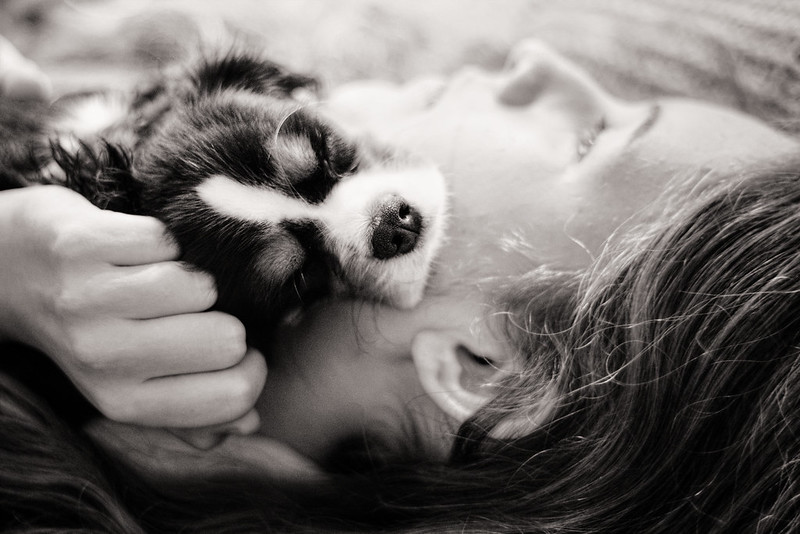 Originally posted by dtmateojr
Originally posted by dtmateojr 
the jagginess isn't caused by stopping down. It's due to the shape of the aperture blade. has got nothing to do with lens speed.
Jaggines
is caused by stopping down, because when you stop down you move the aperture blades (or you move a stop on the lens and the camera moves the blades for you when you shoot, which ultimately leads to the same outcome)...
It is also related to lens speed, since they both impact the end result, and since old 6-blades lenses like the one I mentioned will generally have a round bokeh wide open, so you actually
choose the speed at which rhe bokeh is round when you choose a lens of a given speed.
For instance, speaking of SMC-M, a 50/2 will produce a round bokeh wide open, just like the 1.7, but of course at a different f-stop
Knowing at which aperture one is likely to shoot, one can make the tradeoff between sharpness, bokeh shape, f-stop (speed
and DoF) etc. in a conscious way.
...next time I'll probably write two or three time the text, since as soon as someone makes the mistake of leaving some basic thing implied on a forum, he's immediately "corrected"... jeez!

@Na Horuk
I brought up that example because, as I said, it's a lens I use all the time, and it is a phenomenon worth considering. I also have a DA 40mm XS, but I don't think I like it as much as the 50mm.
If one uses a lens with many and/or rounded blades, the phenomenon can be less apparent, but I'm starting to think that having rounded aperture blades (or lenses which are well corrected for various CAs) isn't necessarily something you would want... it's merely another of the many tradeoffs that you are forced to make in photography (see the interesting blog entries by Yannick Khong someone linked here in PentaxForums)


 Similar Threads
Similar Threads 














 Post #3 by pathdoc
Post #3 by pathdoc








